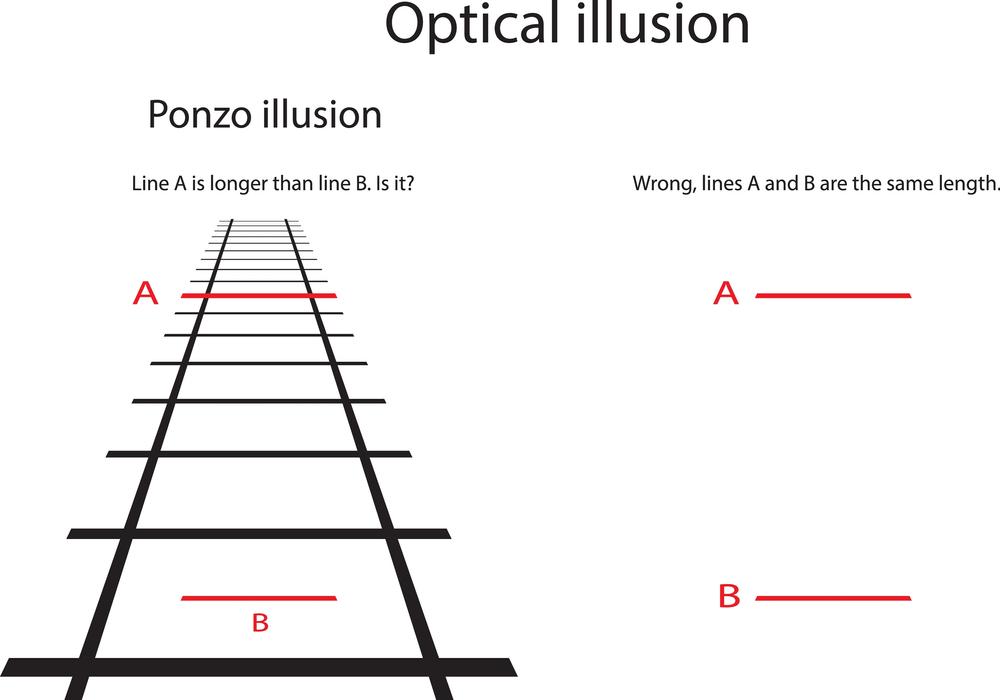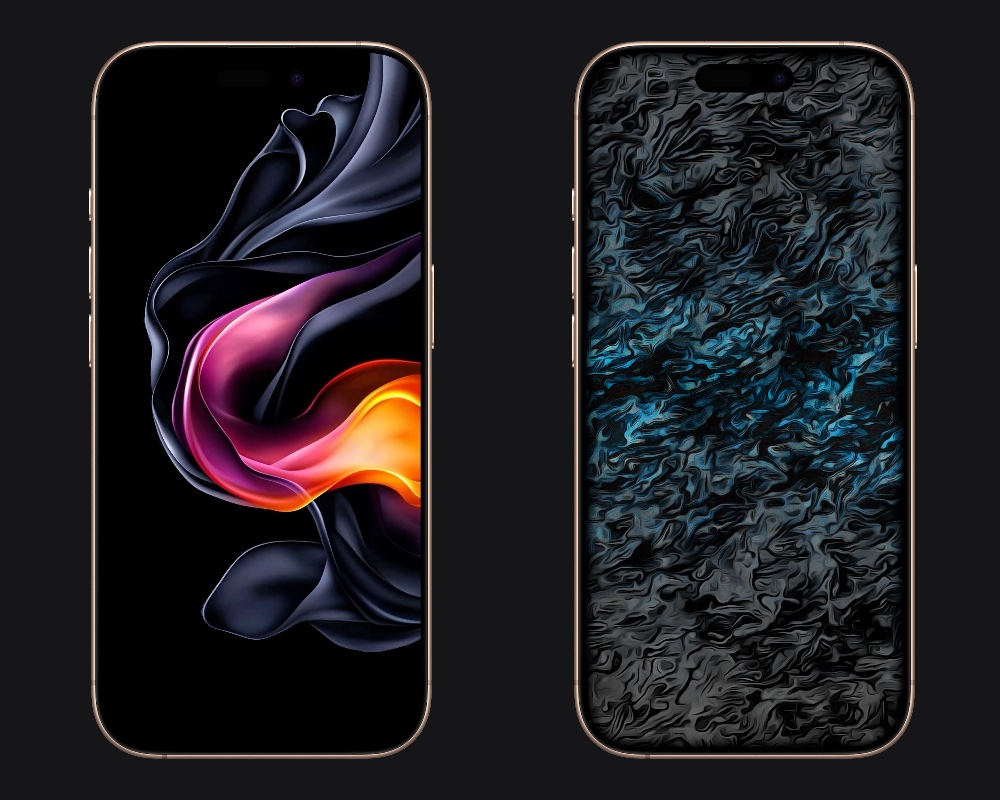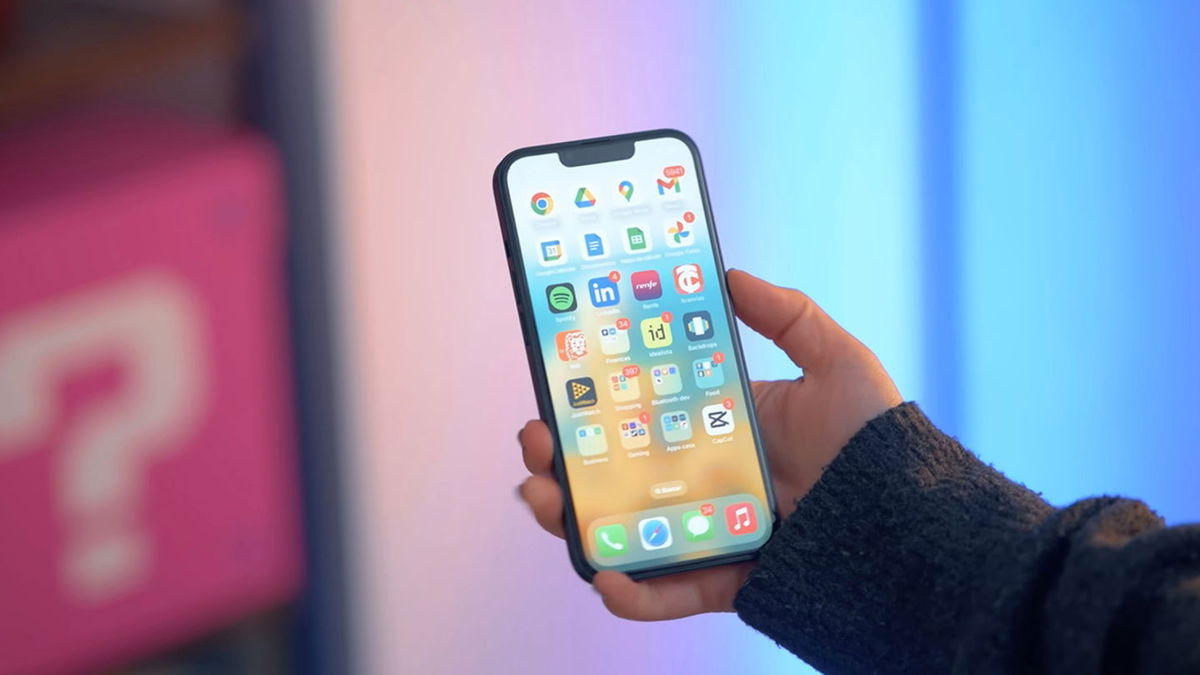What if I told you that you can’t trust what your eyes see? Our eyes sometimes see things that don’t exist, for example: giant full moons on the horizon. phenomenon known as moon illusionIt’s a trick your eyes and brain play on you.
When placed on the horizon, the Moon looks huge and puts on a show in colors ranging from yellow to orange-red. However, as it rises in the sky, it “decreases” and its color changes to the familiar silvery-white. But in fact, the Moon is always the same size at any point in the sky, even though the color changes.
But after all, what causes the moon illusion?
Did the moon cheat on you? No, it was your brain and your eyes. While it is easy to prove that the Moon is always the same size regardless of its position in the sky, there is no concrete explanation for why the brain perceives the Moon as larger when it is on the horizon.
Also read: Find out what a Super Moon is and how to photograph the next one with your mobile
Some explanations work as a magnifying glass around Earth’s atmosphere, but this theory has since been refuted and the atmosphere has more of an effect on color change, the same effect that makes the sky blue due to Rayleigh Scattering. gives our sunset its orange-red color rather than a magnifying glass.
Another theory says that this illusion occurs when the Moon is closest to us, in a phenomenon known as the Supermoon. However, although the Moon is closer, it is only 14% to 15% larger than a “normal” Moon, and this difference is practically invisible to the naked eye. Plus the fact that supermoons don’t just occur at full moons.
For some astronomers, the most plausible explanation is that the illusion happens because of the way our brains interpret the perspective of images. For example, have you ever seen pictures of people holding the Leaning Tower of Pisa or pouring waterfalls from 250ml bottles in Italy?

This technique in photography is called forced perspective, and it’s optical illusion, using the preferred distance. The farther away a building, bridge, or mountain is, the smaller it appears when we look at the sky, and it’s easier for things close to us to appear larger than those in the background.
This effect also occurs in a phenomenon called the Ponzo Illusion, where the perspective of the image causes a difference between the observed dimensions, even at the same dimensions.

In the moon illusion, our satellite is always in perspective with the landscape on the horizon, so there is something to compare its size to. And with the right perspective, photographers can take amazing images of the moon behind the horizon, buildings, mountains, trees, and any other landscape that their imaginations allow to imagine and record.
But despite this explanation, it is still not known for certain whether this is really just a point of view. Astronauts in space observe the same effect, but there is no benchmark there. Thus the mystery of the Moon illusion remains.
How to test the Illusion of the Moon?
That part is easier. You don’t need complex equipment to test the size of the Moon, let alone mathematical calculations. Just extend your arm, close one eye and use a finger that can cover the moon. Repeat the same motion using the same finger as you ascend into the sky.
For the lunar illusion test, you can also use coins, paper cones, and any other object that can obscure the satellite, which is the apparent size of the Moon’s circumference.
Yeah, sorry, he’s always the same height. But some illusions are worth living. Seeing a giant moon in the sky is enchanting, and we continue to marvel at our illusions, although there is no concrete explanation for why our brains and eyes are deceiving us.
Source: Tec Mundo
I am Bret Jackson, a professional journalist and author for Gadget Onus, where I specialize in writing about the gaming industry. With over 6 years of experience in my field, I have built up an extensive portfolio that ranges from reviews to interviews with top figures within the industry. My work has been featured on various news sites, providing readers with insightful analysis regarding the current state of gaming culture.













